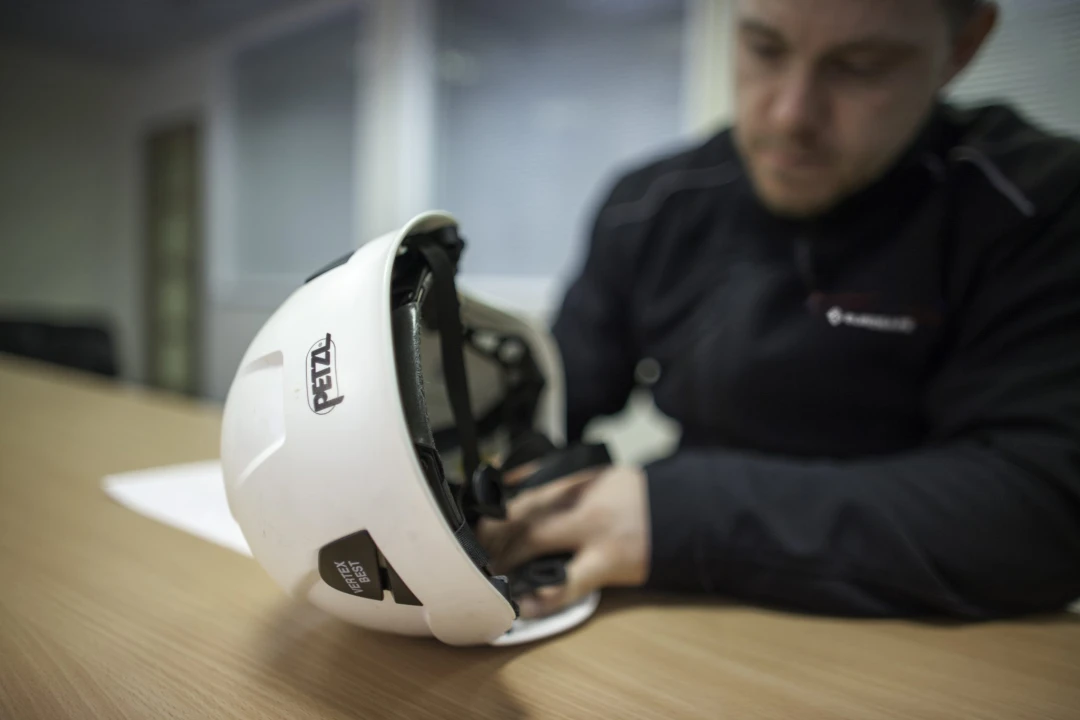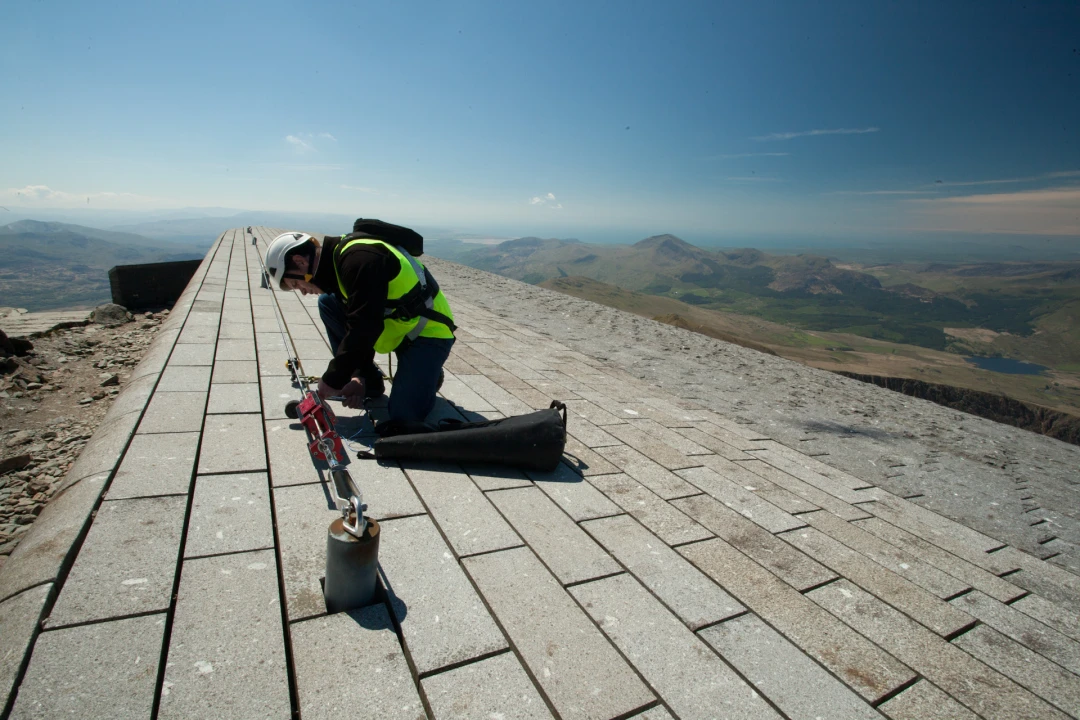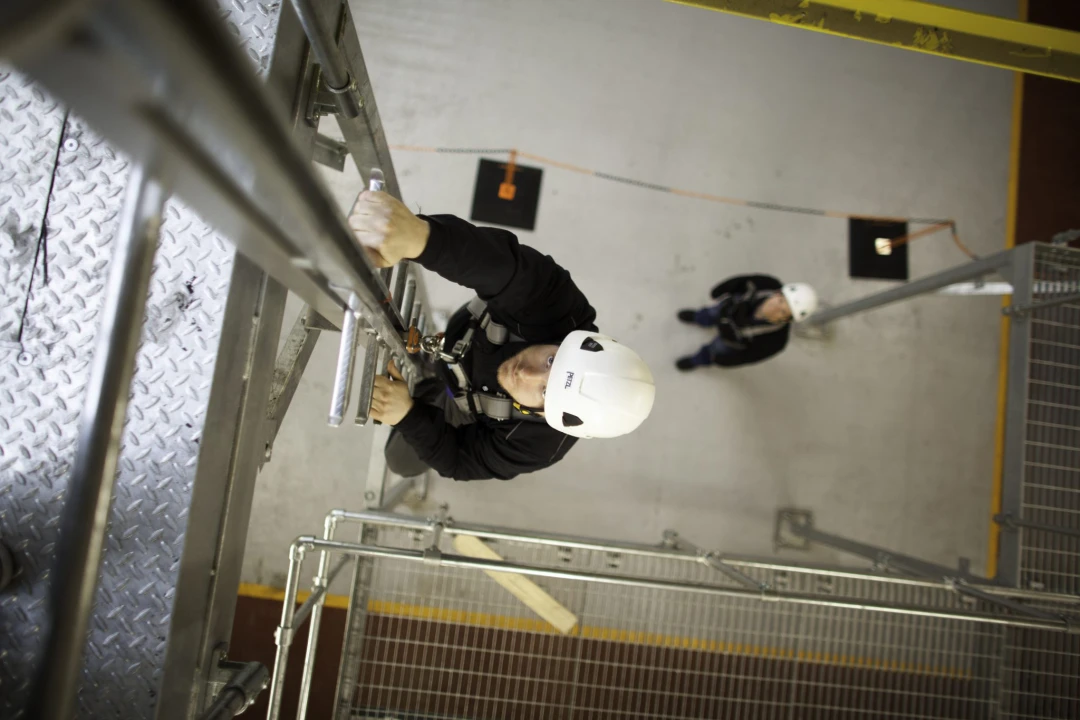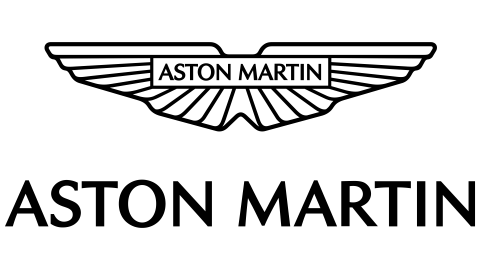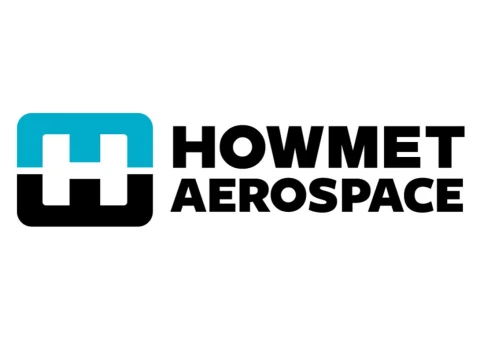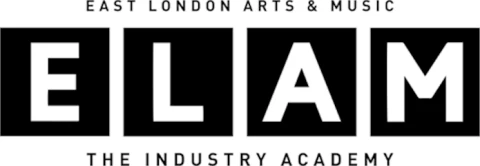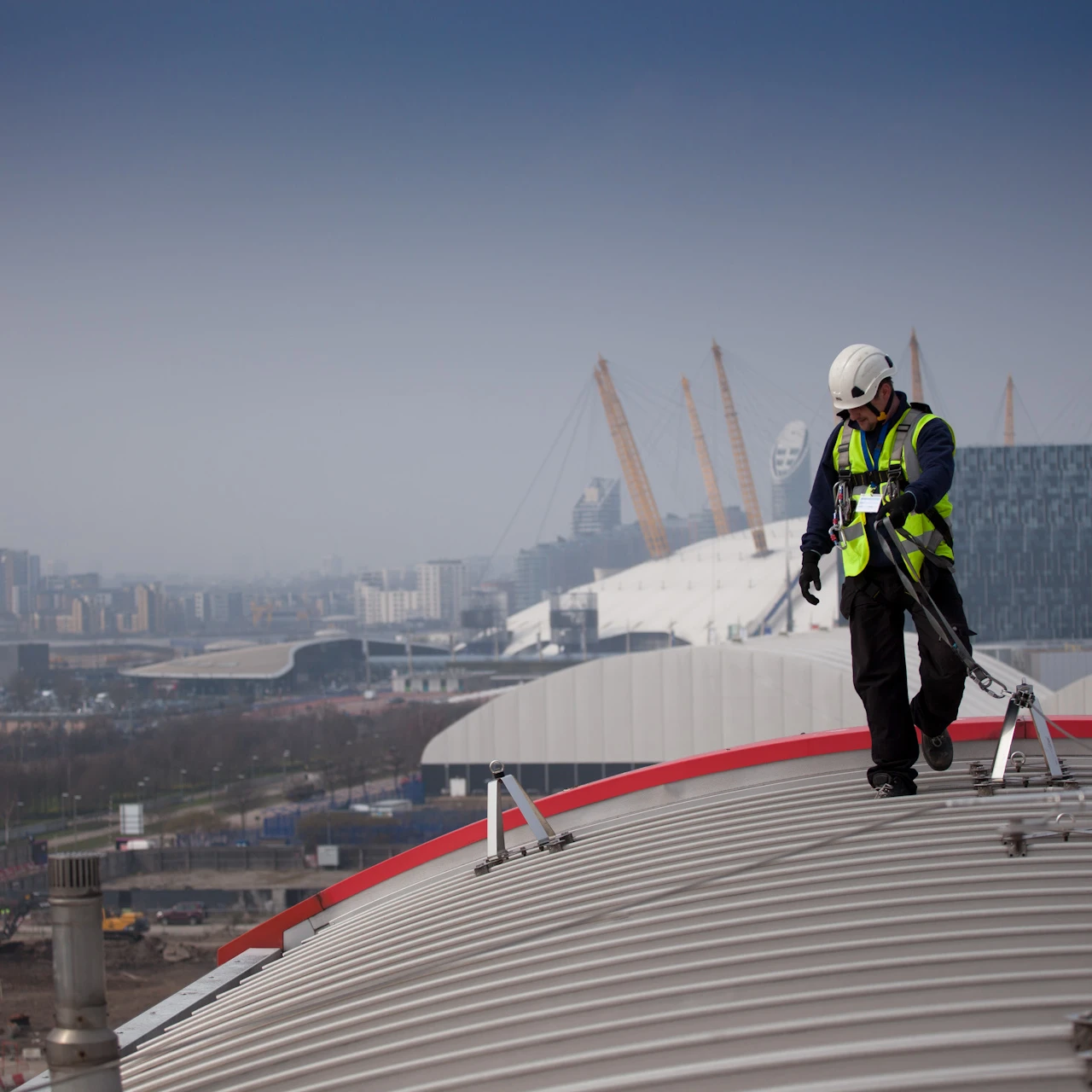

- Knowledge Base
- Blog
- Ensuring equipment for working at height is in suitable condition
Ensuring equipment for working at height is in suitable condition
Working at height presents significant risks, so to ensure safety is always the number one priority, it is essential that all equipment should be in a suitable condition.
When working at height, equipment must be subjected to regular inspections and adhere to manufacturer guidelines, with proper training provided in the use of the equipment to help prevent accidents.
Strict safety protocols and inspections must be followed when using height-related equipment or collective means of protection, such as:
Scaffolding
Ladders
Mobile elevated work platforms (MEWPs)
Guardrails, handrails, balustrades & barriers
Below, we explore what is required to keep this type of equipment safe and operational.
Proper Assembly and Installation
All equipment designed for working at height must be assembled and installed according to the manufacturer’s instructions and industry standards and regulations.
Guardrails, for instance, should be installed by a trained professional following detailed guidelines to ensure stability and safety.
Employers must verify that all fall protection equipment is installed and inspected by a competent person before use. A competent person is defined as someone with the necessary skills, experience, and knowledge to assess health and safety risks.
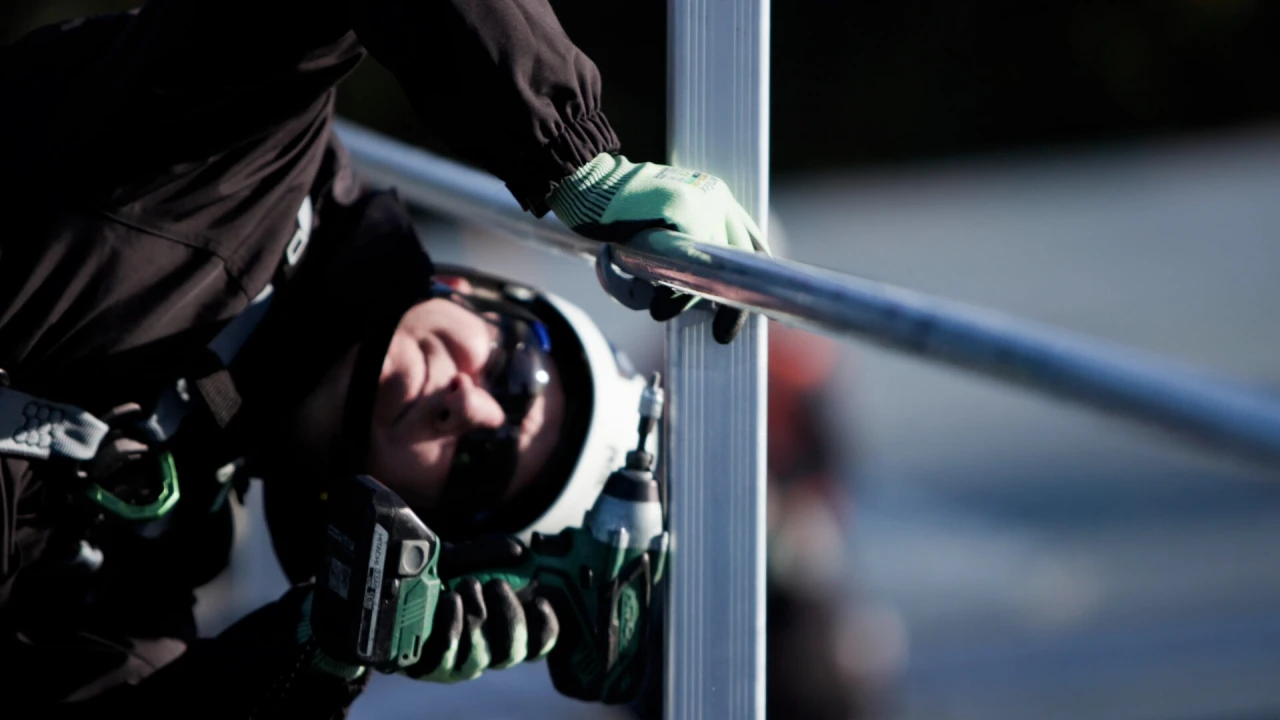
Regular Inspections and Maintenance
Equipment exposed to environmental factors that may cause deterioration must undergo regular inspections. These inspections should occur at predetermined intervals based on the environment and frequency of use. Adverse weather conditions, accidental damage, or prolonged exposure to external elements can compromise structural integrity, necessitating immediate reassessment.
For example, Ladders should be checked for signs of wear, cracks, or damage before each use.
Guardrails, Handrails and Balustrades must be securely fastened and inspected regularly to ensure they remain effective in preventing falls.
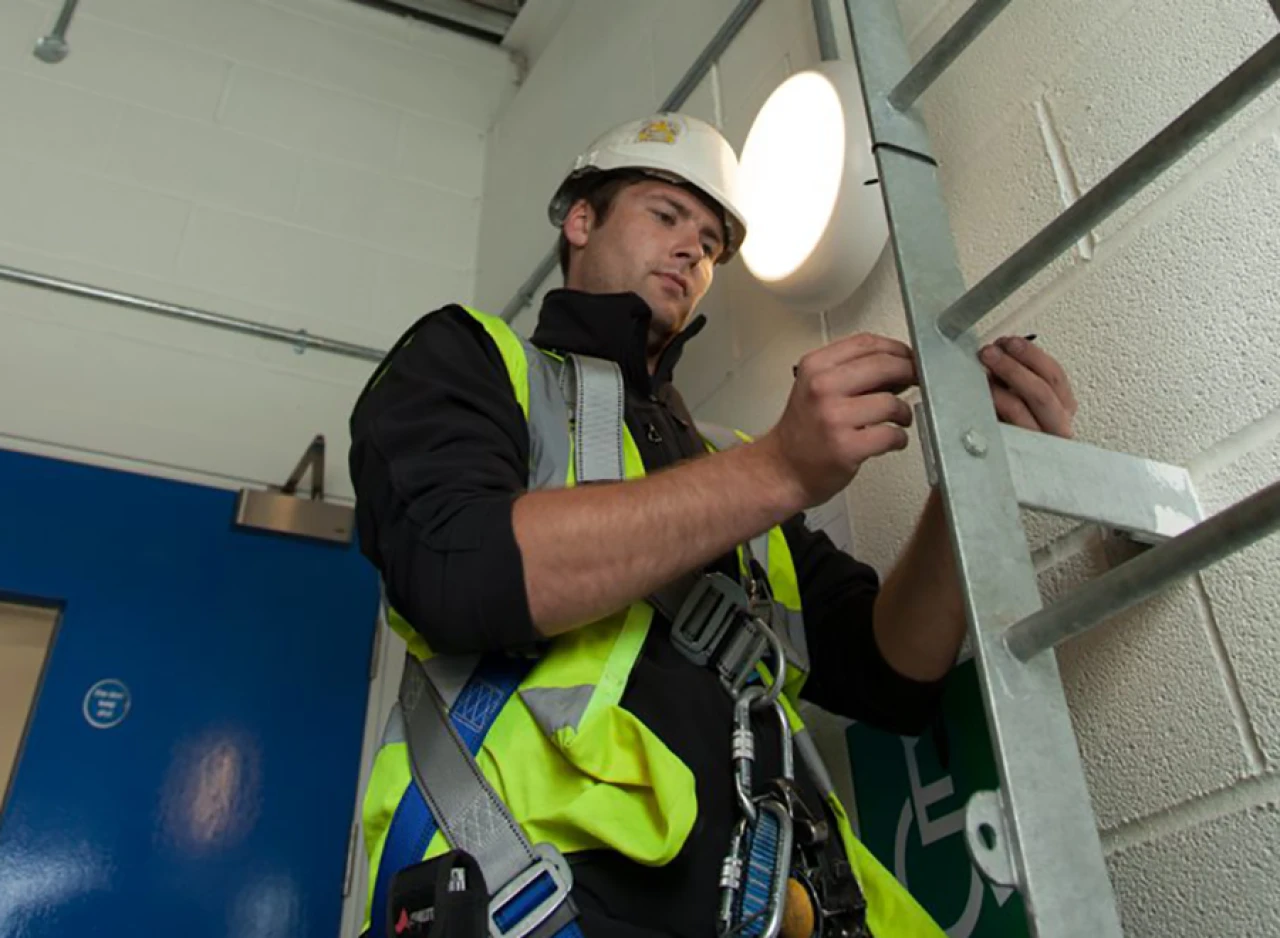
Documentation and Compliance
Maintaining accurate and up-to-date documents of all inspections is a legal requirement and a best practice in workplace safety. Documentation should include details of:
The equipment inspected
The date and findings of the inspection
Any corrective actions taken
The name of the competent person conducting the inspection
The Importance of Height Safety Training
While ensuring the physical condition of height-related equipment is essential, proper training plays an equally vital role in workplace safety. Educating employees to use equipment correctly, identify hazards, and be aware of emergency procedures is critical.
As a market leader in the fall protection industry, Eurosafe delivers a range of certified height safety training courses to equip workers with the knowledge and skills necessary to work safely at height. We offer comprehensive height training solutions, from classroom-based courses at our Training Academy in Sheffield to on-site training options for flexible learning.
We help businesses comply with legal requirements and foster a safety-first culture that protects employees and reduces workplace incidents.
Learn more about...


